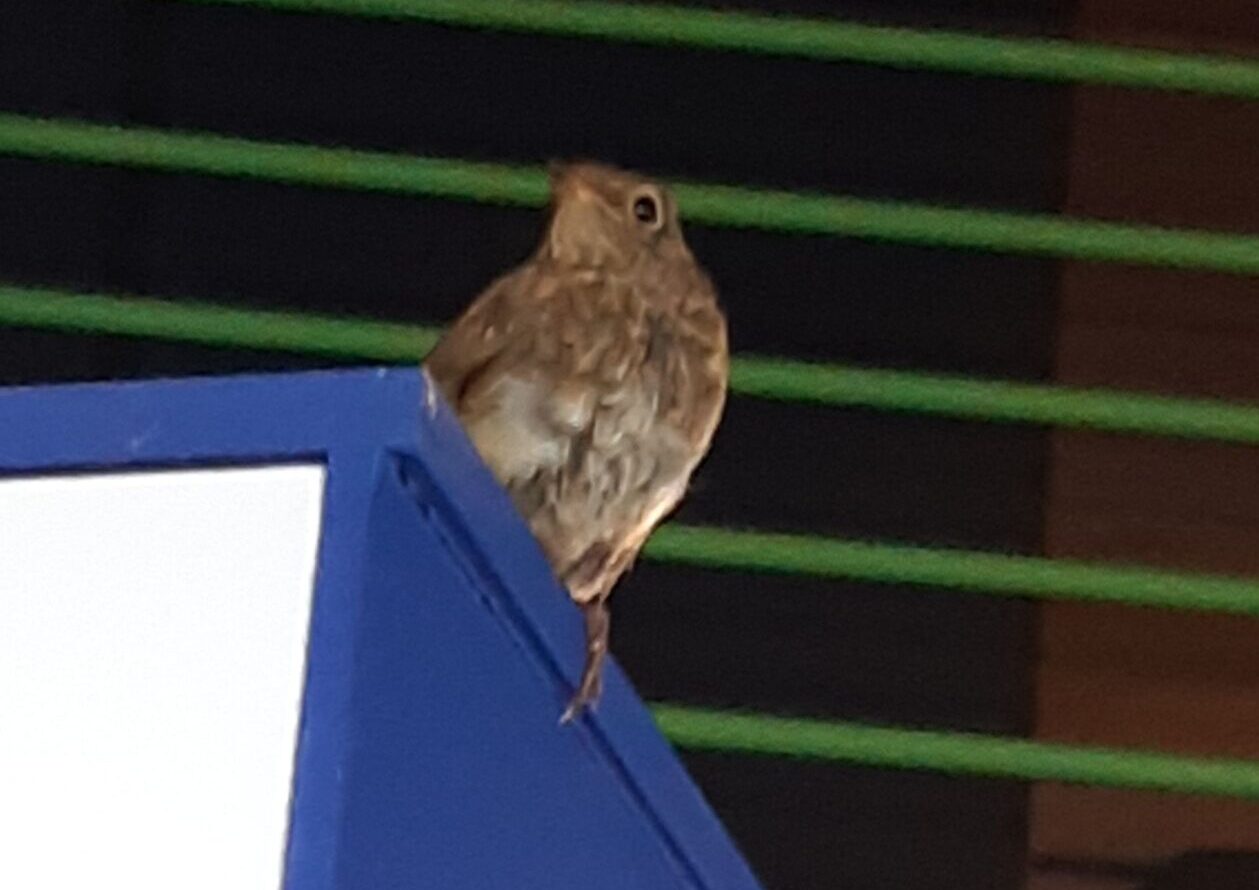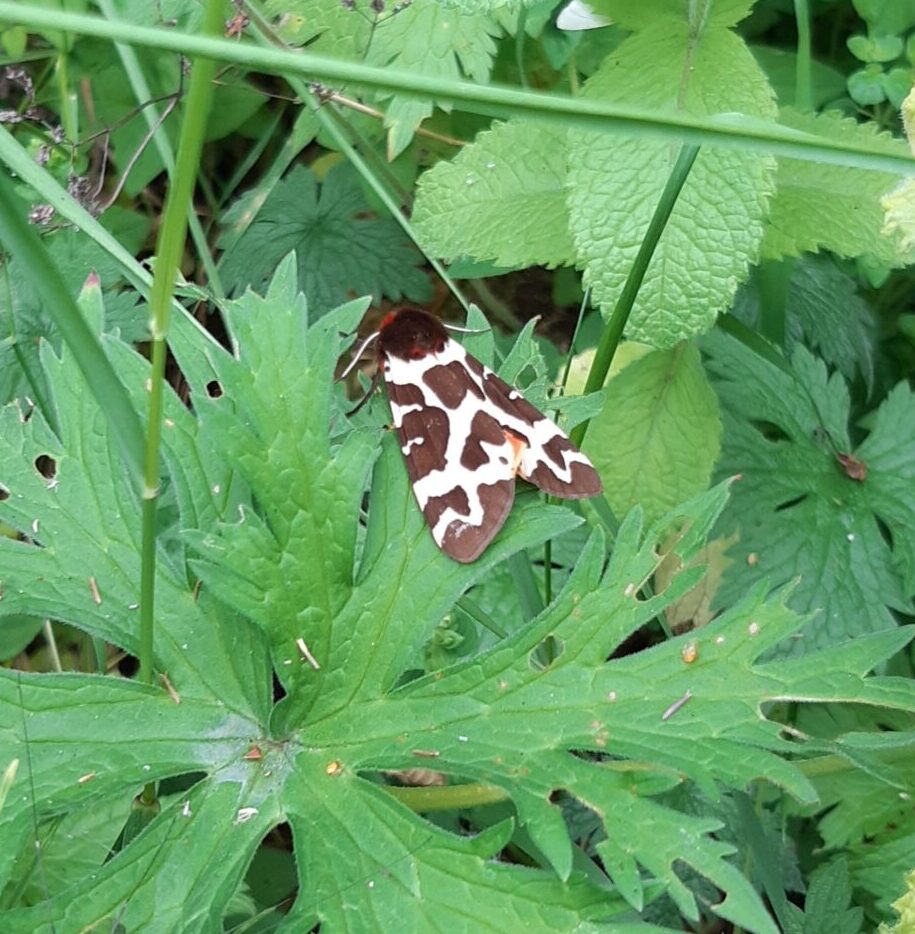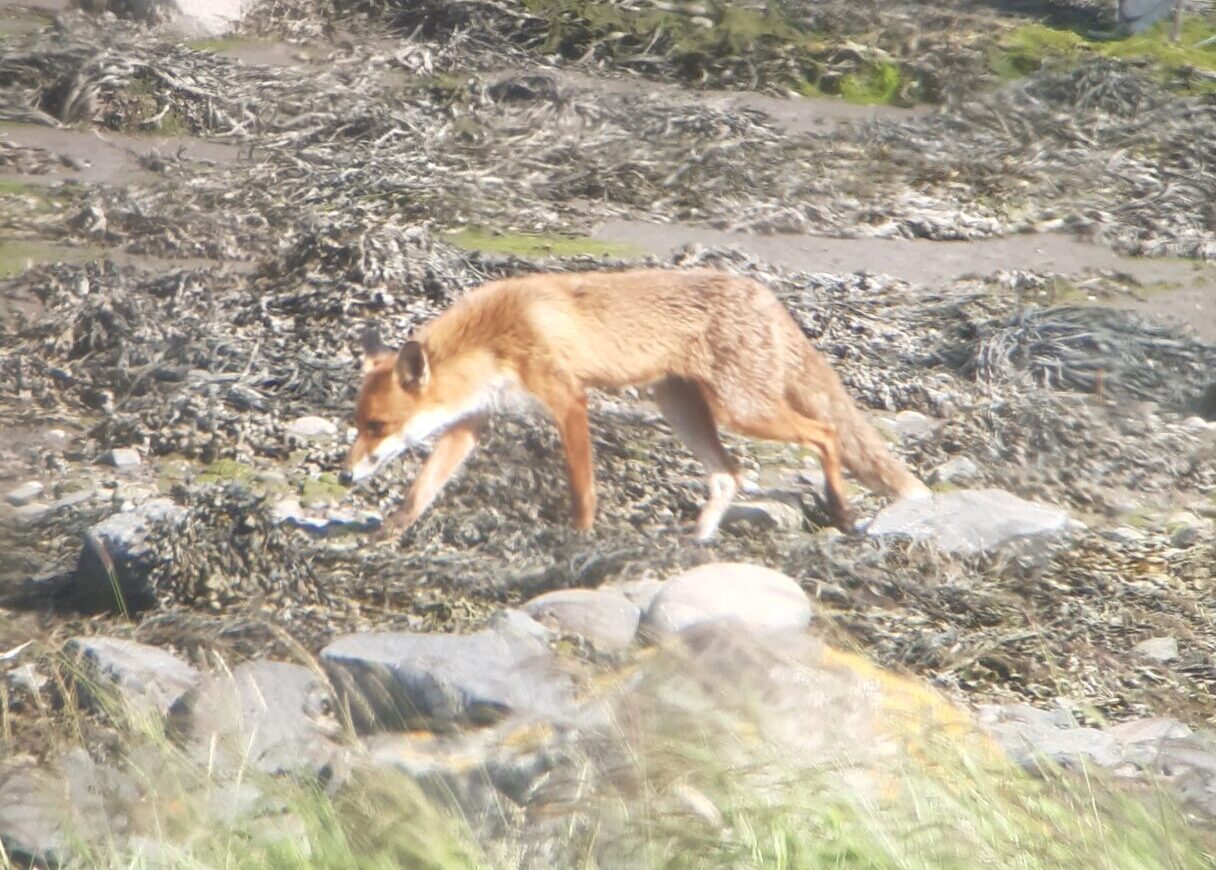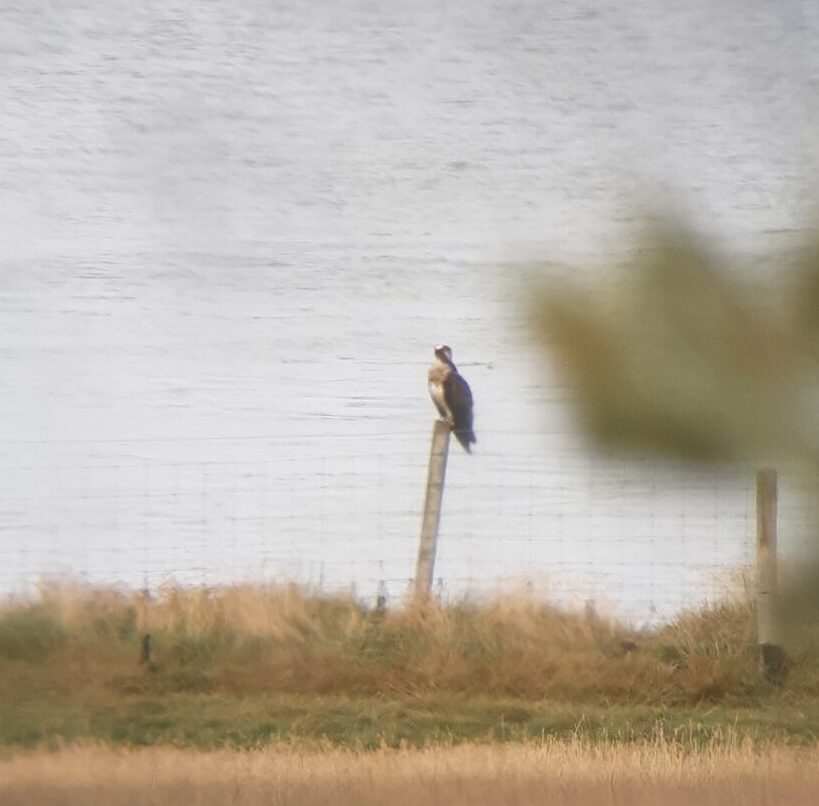Working At Montrose Basin
Only a few months ago, I became an employee for the Scottish Wildlife Trust here at Montrose Basin Visitor Centre. I am on a six-month placement Kickstart scheme until December. Within this post, I would like to recap on my time here at the Basin so far and my most memorable moments. For my first memorable moment, I want to talk about my first working day here, as we had a very interesting visitor fly into the centre. A juvenile robin!

As you can see, the baby robin does not have the nice bright red breast that you would associate it with on Christmas cards. This is because robins do not get their adult plumage until late summer/early autumn, when their brown baby feathers start to come out. Its plumage slowly develops into a yellowy/orange colour before becoming the full red breast that we all know and love.
The robin became Britain’s bird of Christmas largely because Victorian postmen, who wore red tunics, were known as robin redbreasts. Robins began to appear on Christmas cards and other festive missives as a symbol of the red-breasted messenger.
My next memorable moment was after filling up one of our bird feeders, I saw an insect that was very colourful and came in the form of a garden tiger moth!

The garden tiger moth has a chocolate-brown, furry body, brown-and white-patterned forewings, and bright red hindwings with four or five large black spots. There are five similar tiger moths in the UK, all of which are smaller.
The garden tiger moth is well protected against predators: the hairs on the caterpillar are irritating; the bright colours on the adult warn that it is unpalatable; and adults can rub their wings together to create a rasping noise.
The most exciting memorable moment that I can recall, is one morning arriving into work, getting settled down and prepared for visitors to arrive into the centre, then looking out onto the Basin and seeing an adult fox appear from out of the salt pans and walk all the way along the shoreline. It then disappeared back into the bushes, further down the shoreline.

The red fox is our only wild member of the dog family. They are not fussy eaters and will happily munch on small mammals such as birds, frogs, worms, berries and fruit. Red foxes live in a burrow system called an ‘earth’. They scent-mark their territorial borders with urine, creating a very strong, recognisable odour. They also have scent glands on their feet to mark well-used trails so they can follow them easily at night.
My favourite memorable moment was seeing FC6, a female Osprey sitting on a fence line post near Rossie Spit one Saturday afternoon. She has such an amazing story to tell.

FC6 was born in Inverness and ringed as a chick with her blue tag on her left leg and a metal tag on her right leg. We first started spotting her when she was a juvenile and caught her hovering above the Basin waiting for her to pick her moment and dive down for a fish. We kept seeing her every season until 2018, when she disappeared for three years until we then spotted her this year on that Saturday afternoon sitting on the fence post. One of our regular members was down at Rossie Spit and managed to get a photo and zoom in on it and confirm to us that is was FC6! We were all so glad to see her again after three years of wondering if she was safe and well. There are a couple of different theories as to why we hadn’t seen her in so long, maybe she’d had her own offspring and this was the first time we were seeing her since then. Who knows! Either way we were all delighted to see her again or coming back quite regularly too.
I just want to say, if you ever get given the chance to volunteer or work at the Montrose Basin, I urge you to go for it. Although I know my time here has not yet ended, these past few months have flown by so quickly and I am so excited to see what the rest of my time here allows me to see and be a part of. The Basin has so much to see and the amazing scenery surrounding the visitor centre and all of the local wildlife is beautiful. To all of the lovely, knowledgeable people, I have gotten to know during my time here, I would like to thank you alongside all of the staff, volunteers and visitors who have made my time here so far so enjoyable. I am very sad to be leaving in a few months’ time, but I am also looking forward to the future and what the rest of the year will bring. I do hope to come back as a volunteer at some point though. Therefore, I hope to see you all very soon!
Abigail Rose, Visitor Centre Assistant
Help protect Scotland’s wildlife
Our work to save Scotland’s wildlife is made possible thanks to the generosity of our members and supporters.
Join today from just £3 a month to help protect the species you love.
Preface
Only a few months ago, I became an employee for the Scottish Wildlife Trust here at Montrose Basin Visitor Centre. I am on a six-month placement Kickstart scheme until December. …
